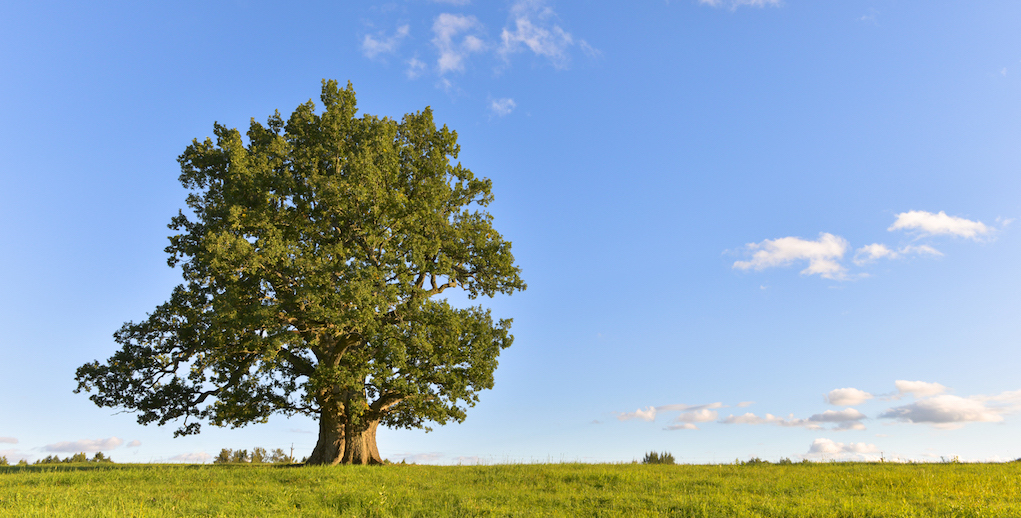I’m pleased to publish this book review by Kayla Snow.
Any book written with the expressed intention of moving its readers to stop reading is one that piques my curiosity. When that book is about trees, I am especially intrigued. And, this is what Fiona Stafford, a professor of English at the University of Oxford, set out to do in her book The Long, Long Life of Trees: to move her readers to set the book aside and head out “in search of a tree or a spade.”
Login to read more
Sign in or create a free account to access Subscriber-only content.
Topics:
